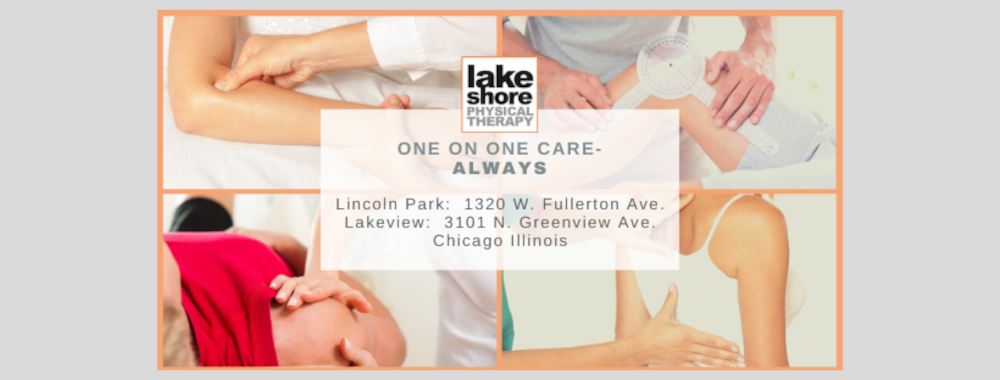 |
| by Kate Marconi, PT |
“It’s like low back pain, but somehow it feels even lower?” If that sounds familiar to you, you may be experiencing sacroiliac joint (SIJ) pain. The SIJ is one of our most important joints: it connects the upper and lower body and is a main attachment point for muscles we use constantly, such as the hip flexors, glutes, lower back muscles, abdominals, and hamstrings. Its main functions are to stabilize and distribute forces from the spine to both legs and to absorb shock from the ground during high-impact activities, such as running. Most people feel pain from the SIJ in the front of the hip, through the buttocks, and even as far down as the knee, making activities such as sitting, bending forward, and walking or running painful. The SIJ is also a common source of low back pain: according to recent research, up to 60% of all low back pain patients have SIJ dysfunction.
There are several things that can increase risk for SIJ pain. One of the most common causes is a traumatic event – such as a fall onto the pelvis, car accident, missing a step when walking, or pregnancy – that causes the ligaments and muscles to become too loose or tight. Heavy participation in activities that require a lot of shock absorption, such as running or jumping, can also increase risk of SIJ pain.
So how do we avoid irritating the SIJ? As it is a main connection point for so many muscle groups, the best thing we can do is make sure we strengthen the muscles on all sides of the pelvis to avoid uneven force distribution. Strength training is the best way to complete this: focus on glute and core activation with exercises and take extra care to maintain neutral alignment through the back when completing any type of exercise.
Below are some examples of strengthening exercises that can help strengthen your glutes and core if you are having SIJ pain:
In a kneeling position, pull your deep core up and in. Holding a light-to-medium weight, lift your arms upward in a slow, controlled diagonal motion. As you lift, work to keep your back straight and do not overextend. Perform 15 reps and then switch sides.
Start in a quadruped (hands and knees) position. Pull your deep core up and in. Slowly extend your right leg behind you and your left arm forward. Squeeze your glute as you extend your leg backward. Pause for 3 seconds, then return to your starting position. Switch sides and extend your left leg behind you and your right arm forward. Pause for 3 seconds, then return to your starting position. Repeat for 15 reps on each side.
Start on your back with both knees bent and your feet on the ground, then lift your hips up off the floor by squeezing your glutes. Pull your deep core up and inward. Hold the core contraction while you slowly lift one leg off the ground as if marching in place. Slowly lower that leg back down to the floor and repeat with the opposite side. Be sure to not let your pelvis tip or drop when you lift each leg. Perform 15 reps on each side, alternating sides.
If you are experiencing any type of low back pain, make an appointment today to see if what you’re experiencing is SIJ pain! The experienced therapists at Lakeshore Physical Therapy can perform a through evaluation to properly diagnose the cause of your pain and get your back to the activities you love. Online scheduling is available for both our Lincoln Park and Lakeview clinics at www.lakshore-pt.com.
Wong, M., Sinkler, M. A., & Kiel, J. (2022, August 8). Anatomy, Abdomen and Pelvis, Sacroiliac Joint. National Center for Biotechnology Information. Retrieved February 28, 2023, from https://www.ncbi.nlm.nih.gov/books/NBK507801/












